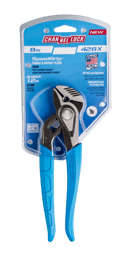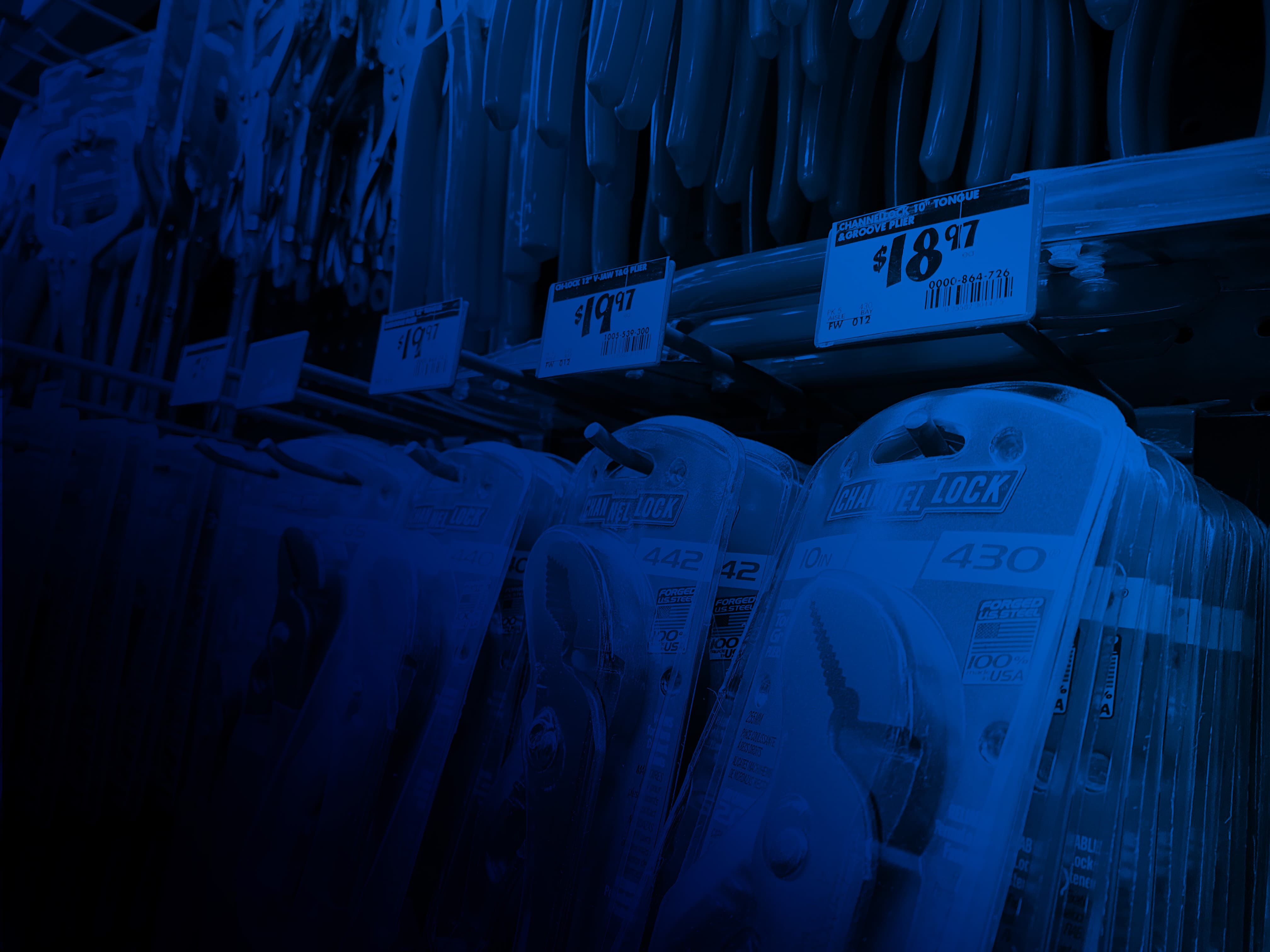Packaging is like a billboard – it’s meant to capture attention in a world of noise. In a highly saturated retail environment, well-designed packaging serves three core purposes:
- It visually differentiates your product from the competition.
- It sets expectations for the product and highlights features.
- It emanates your brand’s essence.
These objectives may be clear and straightforward, but the task of creating product packaging involves thousands of small decisions that will collectively contribute to the overall success of your design. Here is a strategy for navigating the design process to produce packaging that supports your brand’s growth and sales goals.
Choose the right layout.
When it comes to design, hierarchy of information matters. You have a limited amount of space to communicate your message – not every feature needs to stand out. In fact, too much information competing for the shopper’s attention will often cause them to tune out completely.
White space is your best friend. Let your design breathe. Like a frame, white space allows you to emphasize your most important, selectively placed content by contrasting it with the surrounding openness.
This process begins by making informed decisions about what features and aspects of your messaging you need to emphasize. Invest in consumer research, like focus groups and heat-mapping, and let your findings guide your design.

Choose the right imagery.
First and foremost, a package should clearly convey its contents while fitting into a larger brand graphic system. Will consumers intuitively understand the purpose of the product, get a sense of your brand and experience a positive feeling towards it?
Your design choices are about more than aesthetics. The fonts, graphics and copy you choose will work together to help shoppers form expectations. Clarity and simplicity are key – whether your consumer is browsing online or in the aisles, your products will appear within an array of competing brands. Use imagery to help them make a fast, uncomplicated decision. Use consistent branding to help consumers gain familiarity with your brand. Great products + great branding = great visibility and growth.
Take care when making these decisions that you speak to your prime prospect without alienating other potential buyers. Your design can make subtle (and unsubtle) suggestions about the intended buyer. Be deliberate about whether you want to portray your product as inherently feminine, masculine, meant for children, designed for professional use or a myriad of other options.

Be authentic.
When it comes to imagery, accuracy is as important as aesthetics. Just like your messaging should be authentic, pictures and graphics should be true to the product and its features. The tried-and-true acetate window is a great way to show off the contents of a package, but for some products (especially those sold online) this won’t always be feasible.
When you need to accurately represent your product on your packaging, invest in quality photography. Retouching, printing or even converting image files can cause subtle changes to the colors and values of your product photos. Above all, make sure that protecting consumer trust is at the forefront of your design strategy.

Break the boredom barrier with intention.
It's important to differentiate your design in meaningful, deliberate ways.
You can only bold, capitalize and starburst so many things before you create a visual cacophony that turns off consumers. Think of what authentically sets your brand and products apart and look for ways to echo those features in your packaging. Is your brand luxurious, utilitarian or eco-friendly? What design choices might emphasize that brand essence in a way that will resonate with shoppers?
Pursue differentiation with your whole brand in mind. Be true to your intrinsic values, even across multiple SKUs and categories, and avoid boxing yourself in. A holistic approach will leave room for growth and brand extensions over time.
Think beyond the sale.
The buyer’s journey doesn’t end at the point of sale. Your packaging will go home with the consumer, where it will continue to contribute to their experience.
Don’t neglect this post-retail phase. Look for ways that features of your design will impact satisfaction off the shelves. Is it easy to open? Delightful to look at? Does it help store the product? Can it be reused?
In order to add in features that will truly enhance the user experience, you have to be intimately familiar with your prime prospect’s values. Does your audience want luxurious packaging that’s meant to be displayed? Do you cater to cost-conscious shoppers who don’t want to absorb the cost of more elaborate packaging?
Remove the guesswork from this process by leading with data. Take time to do preliminary research and gut-check potential designs before launch, and you’ll create packaging that helps your brand win at retail.
